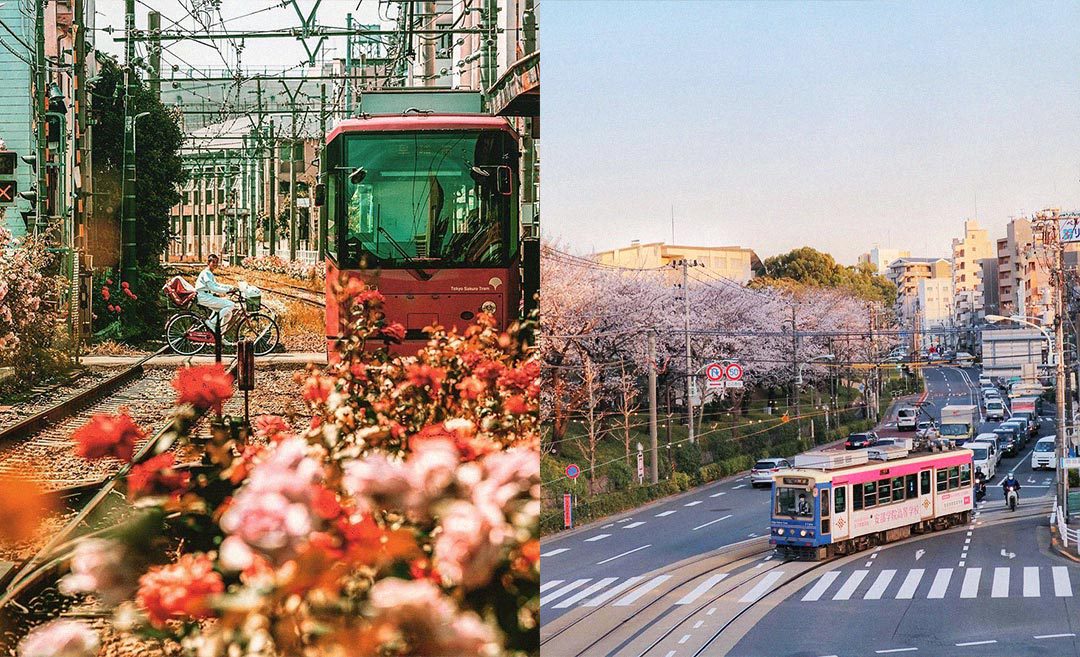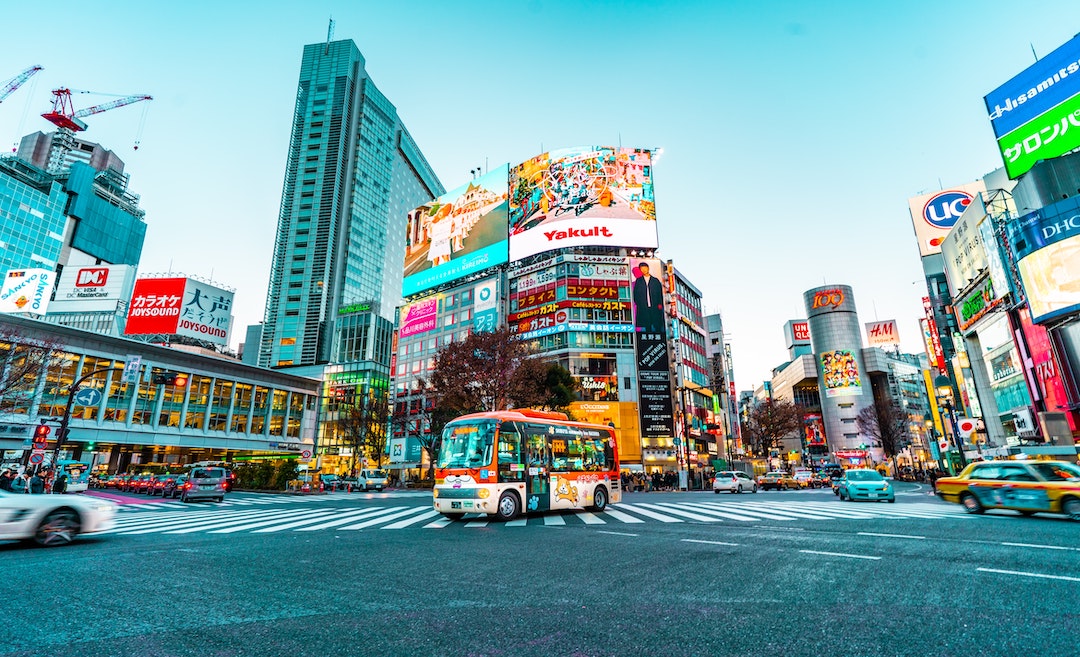In northern Tokyo, there exists a relic from the past, one of only extant sections of the Toden tram network, which once crisscrossed the Japanese capital.
Known as the Tokyo Sakura Tram, the service plies the Arakawa Line, a 12.2-kilometre half loop with 30 stations that stretches from Waseda near Shinjuku to Minowabashi.
A journey through Tokyo’s backyard, the tram ride promises a glimpse into an older way of life.
Halcyon days
Established in 1911, the Toden tram service was the preferred mode of public transport for Tokyo residents for the first half of the 20th century.
At its peak in 1943, the Tokyo City Electric Power Bureau operated a tram network that comprised 41 lines and stretched 213 kilometres in length.
Known as chin chin densha or ding ding trains, these bright yellow trams once carried 1.9 million commuters daily.
But growing road congestion and a shift in focus to subways in preparation for the 1964 Olympics meant that trams would be slowly phased out.
Tram lines were closed, and by the mid-1970s, ridership fell to its current level of about 50,000 per day. Under threat of closure, the Arakawa Line was bought over by the Tokyo Metropolitan Bureau of Transportation.
Nowadays, the Arakawa Line is all that’s left of the once expansive Toden tram network.
The Arakawa Line survived because there were no suitable roads that would allow buses to replace it. While technically a streetcar, the tram runs almost entirely on tracks and only travels on public roads for a short 1.7-kilometre stretch after leaving Oji-ekimae Station.
Along with the privately owned Setagaya Line that connects Sangen-jaya to Shimo-tokaido, these are the only two railway lines in Tokyo classified as tramways.
A trip into the past
The neighbourhoods traversed by the Arakawa Line possess a nostalgic quality. Visitors who ride the tram will be able to experience Tokyo’s shitamachi (old downtown), which has resisted urbanisation.
Because of the many cherry blossom trees along the way, in 2017, the service was rebranded the Tokyo Sakura Tram.
Popular spots to enjoy cherry blossoms during sakura season include the Arakawa-nichome, Oji-ekimae and Asukayama stations, among others.
The Arakawa Line is also known as the ‘Rose Highway’ after locals planted rose bushes to beautify the track, especially at Otsuka Station.
Attractions along the way include Zoshigaya Kishimojin Temple, dedicated to the God of Safe Childbirth and Child-Rearing.
On the temple grounds is a 700-year-old ginkgo tree and Kamikawaguchiya, the oldest candy shop in Japan, founded in 1781. A popular treat is kinako ame, a traditional confection made from sweetened starch and soya beans.
Also of interest is Sugamo Jizodori, a shopping street with restaurants and apparel shops that cater to the senior citizens who throng there, earning it the moniker ‘Granny’s Harajuku’.
One unusual offering here is akapan, which is a lucky red underwear that symbolises good health and longevity. There’s also Togenuki Jizoson Koganji, a temple where visitors can wash a statue of Kannon and purchase omikage for healing.
Another holdout from a bygone era is Joyful Minowa shopping street, which features charming kissaten (cafes) and public bathhouses.
For trainspotters, Toden Memorial Square at Arakawashako-mae Station, open on weekends, showcases streetcars from the golden age of Tokyo’s tram network and a diorama that evokes the atmosphere of Tokyo in the 1950s and 1960s.
Be sure to grab some souvenirs at Minowabashi Reminiscence Hall near the Minowabashi Station terminus, which has information on the Arakawa Line and Toei Transportation in general.
The Toden Arakawa Line offers a quaint way to catch a glimpse of the Tokyo of yesteryear as the Tokyo Sakura Tram wends its way through quiet, old-fashioned neighbourhoods.
Because most of the passengers are elderly and less mobile, the streetcar drivers are friendly and patient – a pleasant, stress-free way to explore a lesser-known corner of Japan’s largest city.
This story by Yow Hong Chieh was originally published on AirAsia. Zafigo republished this story in full with permission from the publisher, simply because good stories should be read by as many people as possible! If you have stories that will be of interest and useful to women travellers, especially in Asia, please get in touch with us at [email protected].




